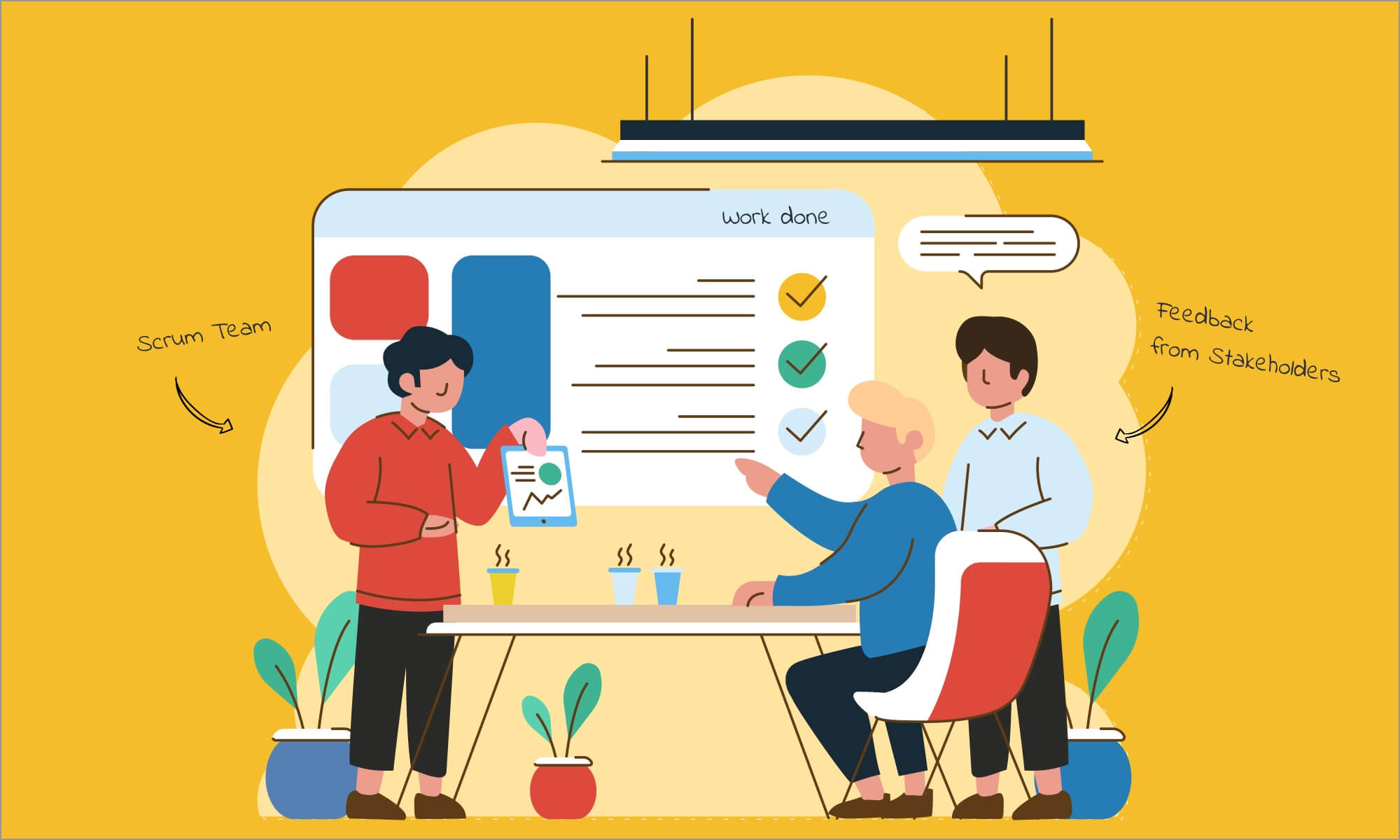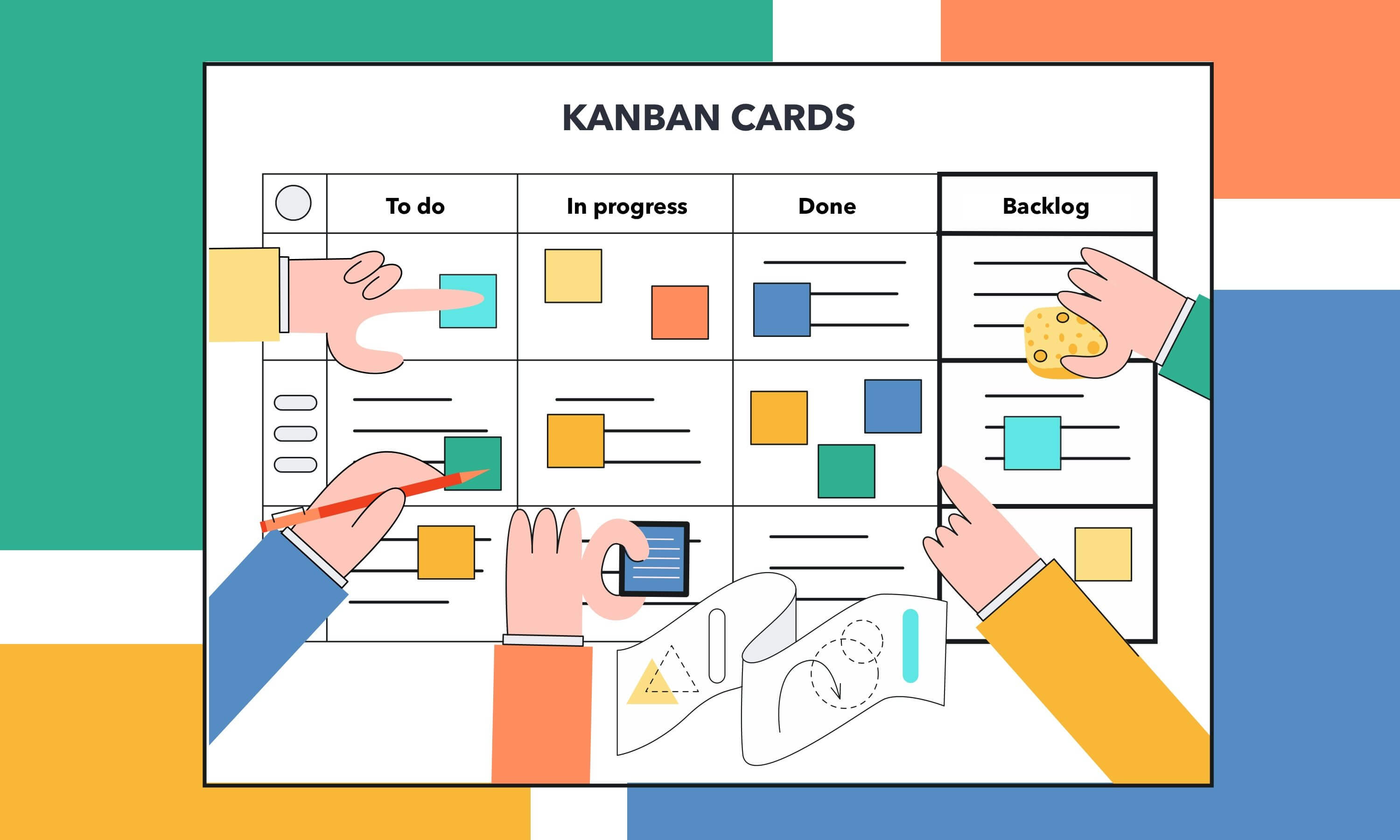Choosing an Agile Framework: Are You Doing it Right?

Nowadays Agile is a buzz-word that has been widely used in both startups and large corporations. For software development companies adopting Agile means finds an effective approach to address incremental iterations, face-to-face communication and customer quality.
But what many organisations fail to understand is that Agile is not a set of practices; this is a set of values defined in the Agile Manifesto. Any methodology that agrees with the Agile Manifesto and its 12 principles can be called ‘Agile’. The most well-known methodologies include Scrum, Extreme Programming, etc. In other words, Agile is not a method – it’s a collective name for approaches that follow ‘Agile’ principles.
Do it Right
Knowing the nature of the project, the team chooses the best methodology to implement within the Agile framework. But the key thing to remember is that none of Agile methodologies is a silver bullet. Each project is unique and may require multiple approaches depending on its goals, the company culture, tools and different skill levels.
As Derek Huether points out, “It doesn’t matter what Agile development framework you’re choosing, the models and frameworks are incomplete, by design. They need to be adapted to meet your organizational goals. <…> Realize that you have permission to mix and mash whatever you need, to make your organization operate better. The Agile police are not going to break down your door because you’re not following a framework as it was originally written.”
Don’t follow companies that choose frameworks because they look “pretty” or because they are “the thing” everyone talks about. Scrum may sound fancy and it might have worked for hundreds and thousands of companies, but if it doesn’t align with your company’s or project’s nature, it won’t work magic for you.
When choosing for a framework:
- Keep in mind what your company values;
- Keep in mind what your customers value;
- Choose a framework and introduce changes (if necessary) to align it with your goals/company structure, etc.
As you can see, the most important part is not just choosing a framework. It’s understanding where your organisation is and where it’s planning to be with the help of a framework. You have to look within your organisation to find a framework that will fit you better than others and refine it till an ideal end-state.



